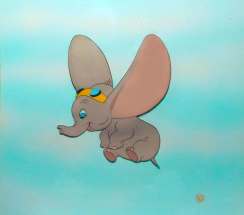Remember when…? Remake of Dumbo has entertainment writers waxing nostalgic about their first trip to the cinema
Read this article for free:
or
Already have an account? Log in here »
To continue reading, please subscribe:
Monthly Digital Subscription
$0 for the first 4 weeks*
- Enjoy unlimited reading on winnipegfreepress.com
- Read the E-Edition, our digital replica newspaper
- Access News Break, our award-winning app
- Play interactive puzzles
*No charge for 4 weeks then price increases to the regular rate of $19.00 plus GST every four weeks. Offer available to new and qualified returning subscribers only. Cancel any time.
Monthly Digital Subscription
$4.75/week*
- Enjoy unlimited reading on winnipegfreepress.com
- Read the E-Edition, our digital replica newspaper
- Access News Break, our award-winning app
- Play interactive puzzles
*Billed as $19 plus GST every four weeks. Cancel any time.
To continue reading, please subscribe:
Add Free Press access to your Brandon Sun subscription for only an additional
$1 for the first 4 weeks*
*Your next subscription payment will increase by $1.00 and you will be charged $16.99 plus GST for four weeks. After four weeks, your payment will increase to $23.99 plus GST every four weeks.
Read unlimited articles for free today:
or
Already have an account? Log in here »
Hey there, time traveller!
This article was published 28/03/2019 (2453 days ago), so information in it may no longer be current.
The release of a live-action Dumbo in theatres today spawned some introspection in the entertainment department of the Free Press centred on the question: What was the first movie you ever saw in a movie theatre?
One of your correspondents recalls being traumatized by the 1941 original Dumbo, given that its juvenile hero is: A) cruelly mocked by adults; B) forcibly separated from his mother; and C) forced to perform a dangerous high-dive by mean, scary clowns.
As it happens, being traumatized by Disney movies is practically a rite of passage in our culture, as our staff duly notes. (You’re not without guilt here, Lion King!)
Jill Wilson: My family has always treated going to the movies with a kind of reverence — you get there in time for the trailers and you don’t leave until the credits are done — and I think that sense of occasion gives the theatre experience more weight. Also, as a child who wasn’t allowed to watch television, I was not totally inured to the wonders of “moving pictures,” so I was perhaps more bowled over and/or moved by things than the usual kid.
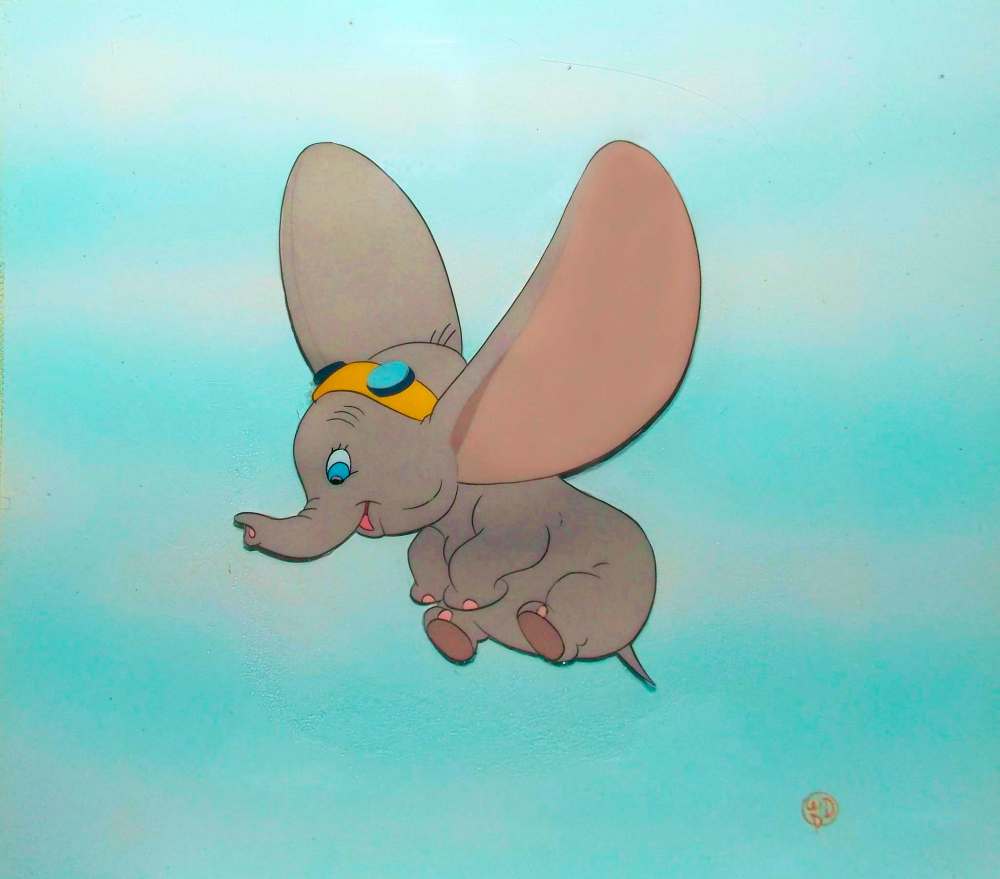
The only clear memory I have of the 1941 animated Dumbo — the first movie I watched in a theatre; I was about three years old — is of sobbing uncontrollably as the big-eared, adorable elephant is forced to be part of a circus clown act. As flames dance around him, Dumbo — dressed as a baby — is pushed out of a window onto a fireman net; he breaks through and falls into a vat filled with batter.
I’ve never watched the movie again, although reading a plot summary reveals that old Walt packed in plenty more trauma-inducing moments (poor Mrs. Jumbo!) that might have caused me to block out the story entirely.
Erin Lebar: I can relate. The first movie I can remember seeing in a theatre was The Lion King. In June of 1994, when the Disney film The Lion King was released, I would have been five years old. And while a savannah full of African animals was greatly appealing to me at that time in my life, I can still recall the overwhelming feeling of horror as I watched Scar release his grip on Mufasa’s paws, sending him into the gorge to be trampled to death by a herd of stampeding wildebeests. And on a big screen, no less! Not even my tiny popcorn and drink combo-pack could soothe my frazzled soul after that mess.
But there were also so many wonderful moments that almost made me forget about Mufasa’s murder; lions falling in love! Hilarious interspecies friendships! Learning the importance of family! Catchy-as-hell songs by Tim Rice and Elton John! I did feel the love for The Lion King that night, and it has yet to dissipate.
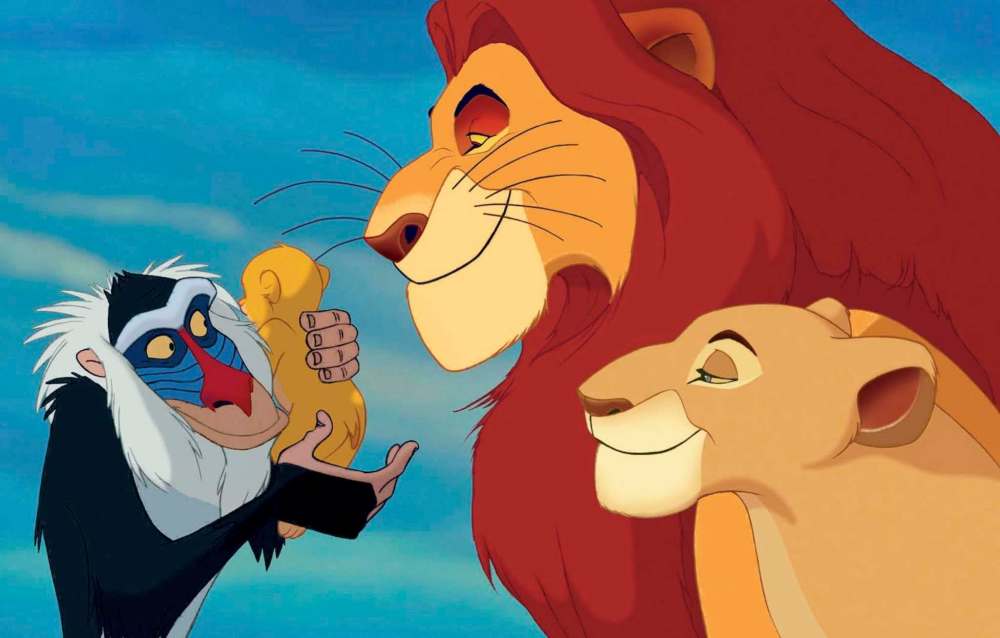
I will admit to the fact I’ve never seen Dumbo; everyone told me it was extremely sad, and if there’s one thing I can’t handle, it’s forlorn baby animals. For that reason, I probably won’t see the new one, either.
Jen Zoratti: I can’t hear the song Baby Mine without ugly crying. The scene where Dumbo’s mom rocks him in her trunk through the bars of her cell? Argh. It’s so sad.
I feel like all these live-action Disney remakes are speaking directly to our generation, Erin. I grew up in Disney’s late-’80s/early-’90s heyday, the era that brought us such classics as Beauty and the Beast (1991), Aladdin (1992) and, of course, The Little Mermaid (1989) — everyone’s problematic fave about a hoarding fish girl who makes a contractually binding pact with a sea witch and trades her voice for human legs to get a guy to notice her.
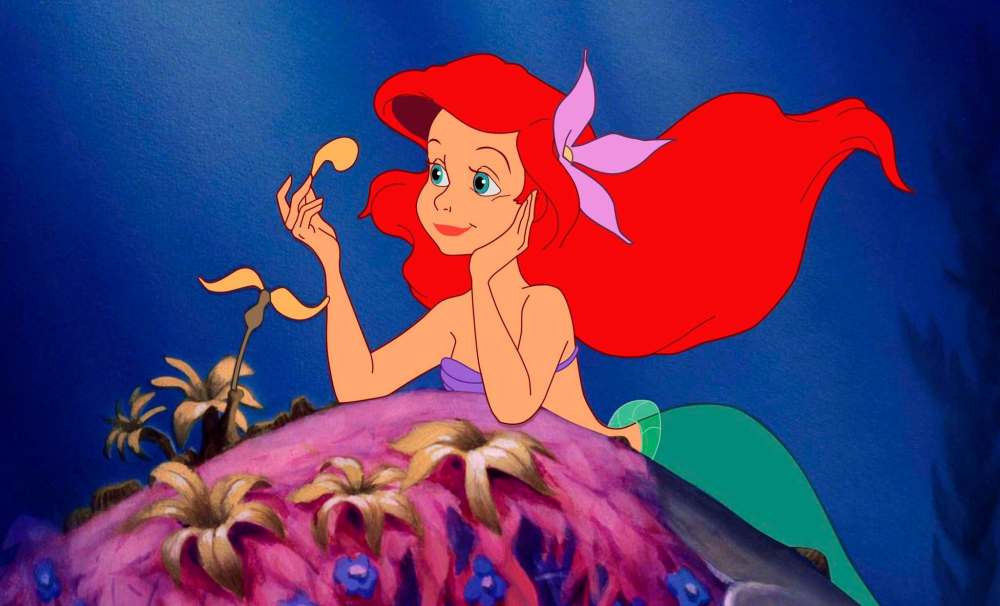
The Little Mermaid was actually the first movie I ever saw in a theatre and I loved it. I still love it, actually. I was four, but I remember it quite vividly. I found Ariel’s voice and long flowing hair — especially how it was animated to move through water — absolutely mesmerizing, and there were many a repeat VHS viewing in our house when it finally came out on video. (My friends and I also played mermaid, which basically consisted of deciding what colour our hair, fins, and “booby shells” would be.)
This movie is straight-up scary, though. Ursula, who I have grown to respect as the misunderstood badass she is, really disturbed me — especially the scenes in which she turns the merfolk into those weird bottom-feeder worm creatures that are etched into my nightmares. And the part where, drunk on King Triton’s power, she turns into a giant. The scene where King Triton loses his temper and smashes all of Ariel’s treasures was also very upsetting to me, and the scene where Ursula assumes the form of a hot brunette named Vanessa and seduces Prince Eric practically made me pass out from stress.
Jill Wilson: Luckily, not all Disney offerings proved so emotionally scarring; I’d prefer to recall another animated classic, 1940’s Fantasia, as my formative film experience. It’s magical, both literally — those relentless brooms in The Sorcerer’s Apprentice segment — and figuratively, with its perfectly choreographed blend of music and animation.
It felt grown-up. Yes, there were hilarious ballerina hippos and hapless Mickey Mouse trying to control magic, but there were also weird “the Earth is being born” segments, scary wraiths on skeletal horses and non-narrative, abstract portions that just immersed you in a feeling. Even seeing it in the ‘70s, it seemed current, even cutting-edge.
And it’s a film that no one can even dream of ruining by doing a live-action remake.
Jen Zoratti: I want them to tell new stories. Like, all I want in this world is a live-action Ursula movie, in the vein of Maleficent. Would 10/10 watch that.
Randall King: The animated Dumbo is not the first movie I ever saw. But it is the first movie I ever saw under the influence of a hallucinogen.
One winter night when I was in my late teens, I dropped acid for the first time with a friend. This was in the mid-’70s. Subsequently, we went to a double-bill screening of Dumbo and Lady and the Tramp when it happened to be screening at an event at the University of Manitoba.
I can’t say even that was a profound experence, but it was intense: the Disney colours burned more vividly in the retinas. The scene in which Dumbo hallucinates after accidentally imbibing alcohol — commonly known as the Elephants on Parade sequence — was absolutely startling. If hallucinogens were taboo, how was it hallucinations made their way into this old Disney movie, experienced by a baby elephant no less?
Alan Small: I grew up on a farm outside Radway, Alta., a small town, and Dumbo somehow never made it to Radway during my youth.
But Disney’s reach extended even there. Every once in a while the town would host a kids’ movie night where we’d all pile in the car and go to the town hall and watch Disney “classics” such as The Computer Wore Tennis Shoes (where Kurt Russell got his start) and The Apple Dumpling Gang (is there any duo funnier than Don Knotts and Tim Conway?).
But the first movie I went to in the big city — Edmonton — was Star Wars. I was 11 or 12 and I still remember the day when I tagged along with my older brother for a Saturday matinee. It was fantastic, and it whetted my appetite for all the sequels, whether they were excellent (The Empire Strikes Back) or mediocre (pretty much every one of the others).
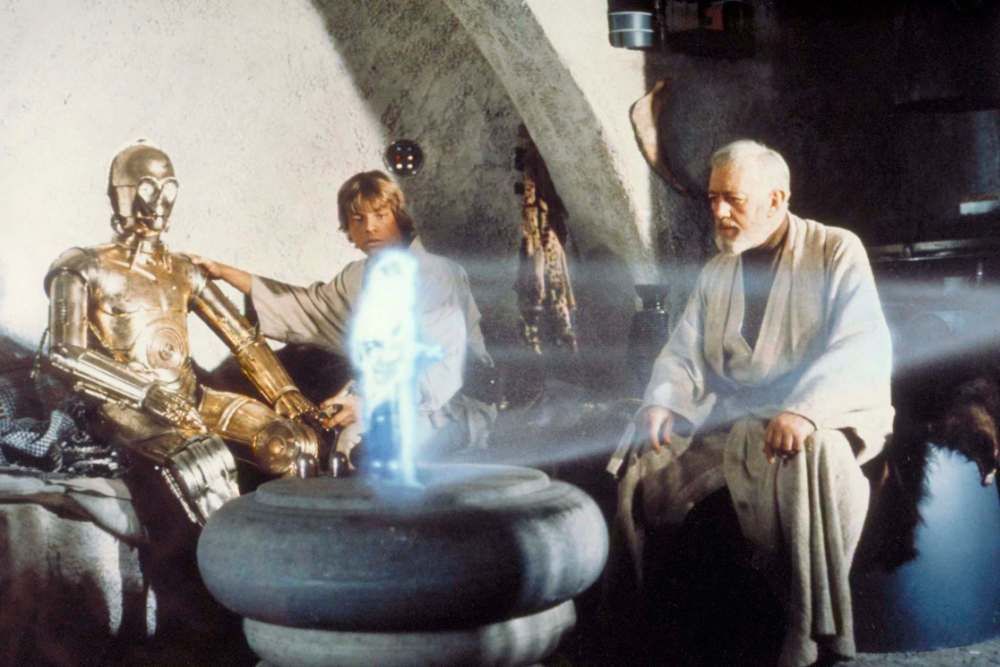
Little did I know how helpless I would be with Star Wars’ endless marketing. I had the lunch box, played the video games, collected the trading cards and read the books and magazines. The ninth and presumably final chapter is scheduled to come out this December, and even though I’m now 51, and presumably old enough to have outgrown the travails of Luke Skywalker, I’ll march to the multiplex one more time, as mindless as a zombie, ready to be disappointed again.
Randall King: The truth is: I don’t actually remember for sure which was the first movie I saw in a cinema. I strongly suspect it might have been a kiddie matinee of the 1950 movie Broken Arrow, at the Kings Theatre in St. James, which was just a couple of blocks from where I lived. (Obviously, I always felt an attachment to the place because of its name.)
https://youtu.be/8Mu60Ye3nw4
Made years before I was born, this was a western that seemed to be a valiant attempt to humanize its Indigenous characters.
Remember most films of the era were not exactly charitable to “Indians.” Indeed, they were generally depicted as relentless savages whose main value was as rifle fodder for whatever noble white settlers happened to be under attack.
Frankly, the contemporary equivalent of the Indian character of old is the zombie, someone who could be remorselessly killed in great numbers without any inconvenient consideration of their humanity by the audience. It was pretty uncomfortable seeing the Coen brothers revive this particular trope in The Ballad of Buster Scruggs, by the way.
Despite casting Jewish-American Hollywood hunk Jeff Chandler as Cochise (he got an Oscar nomination for his work), it was also a film that made the effort to cast some Indigenous actors — including Iron Eyes Cody and Jay Silverheels — as Indigenous characters.
But I think the most important lesson of the film is that you shouldn’t trust what the other movies or TV shows told you. It may have been perfect fare for a nascent critic, now that I think about it.
Ben MacPhee-Sigurdson: I was also a St. James kid, and the Kings Theatre was our go-to for new movies. The first film I can recall seeing there was 1982’s E.T.: The Extra-Terrestrial.
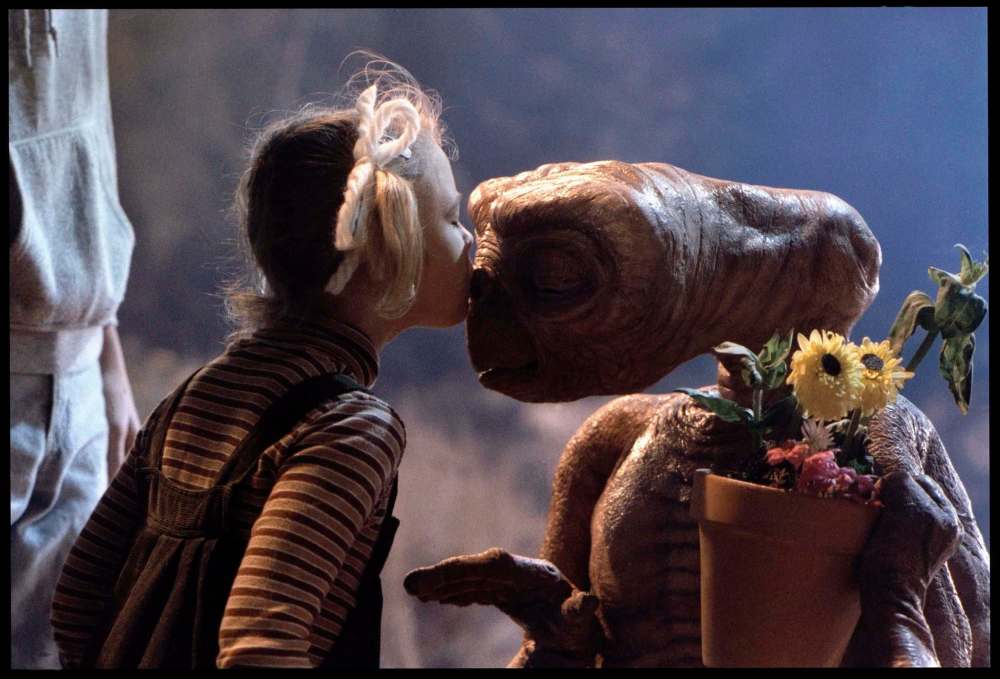
Steven Spielberg’s alien classic featured relatable kids that were my age, getting into all sorts of trouble and doing stuff wme and my friends liked to do, like riding BMX bikes full-blast in packs down residential streets while being chased by authority figures (imagined, in our case).
As a seven-year-old, there were certainly a couple of scenes that were a touch on the scary side, especially for a first-time big-screen experience. The corn field scene where Elliott and E.T. first see each other was my initiation into the phenomenon of jump scares, and the government agents in NASA space suits invading the home in search of E.T. freaked me right out for the rest of the night.
Unfortunately the ventilation systems in the theatre must not have been working so great, as I seem to recall it getting a little… “dusty” in there at the film’s end.










